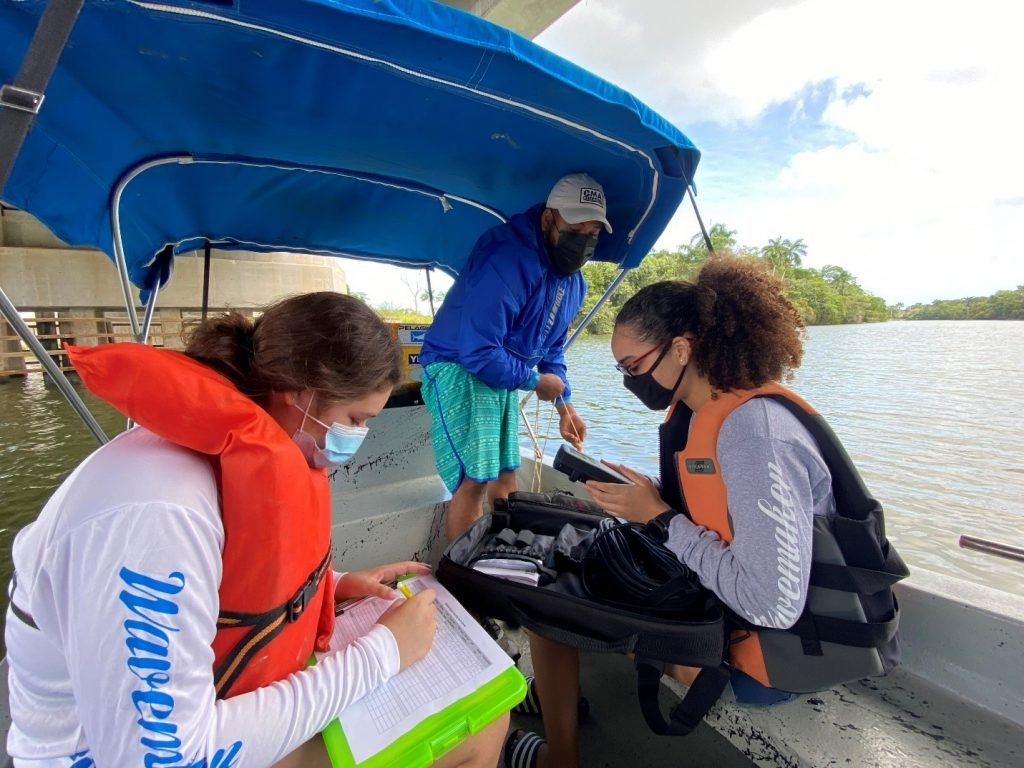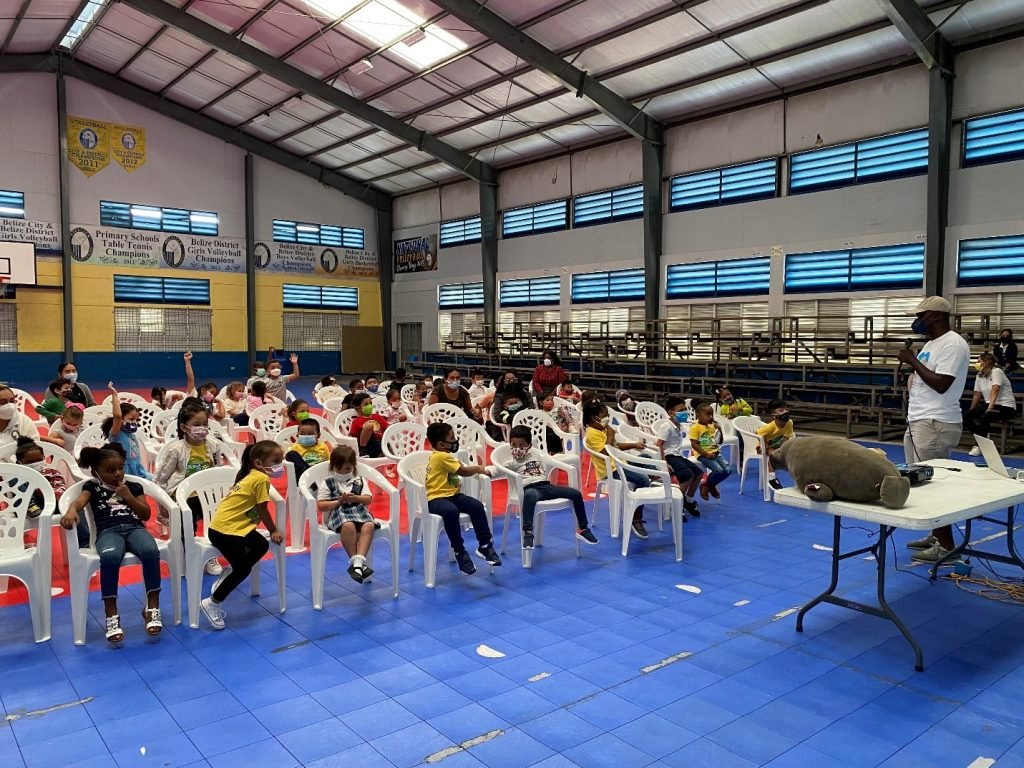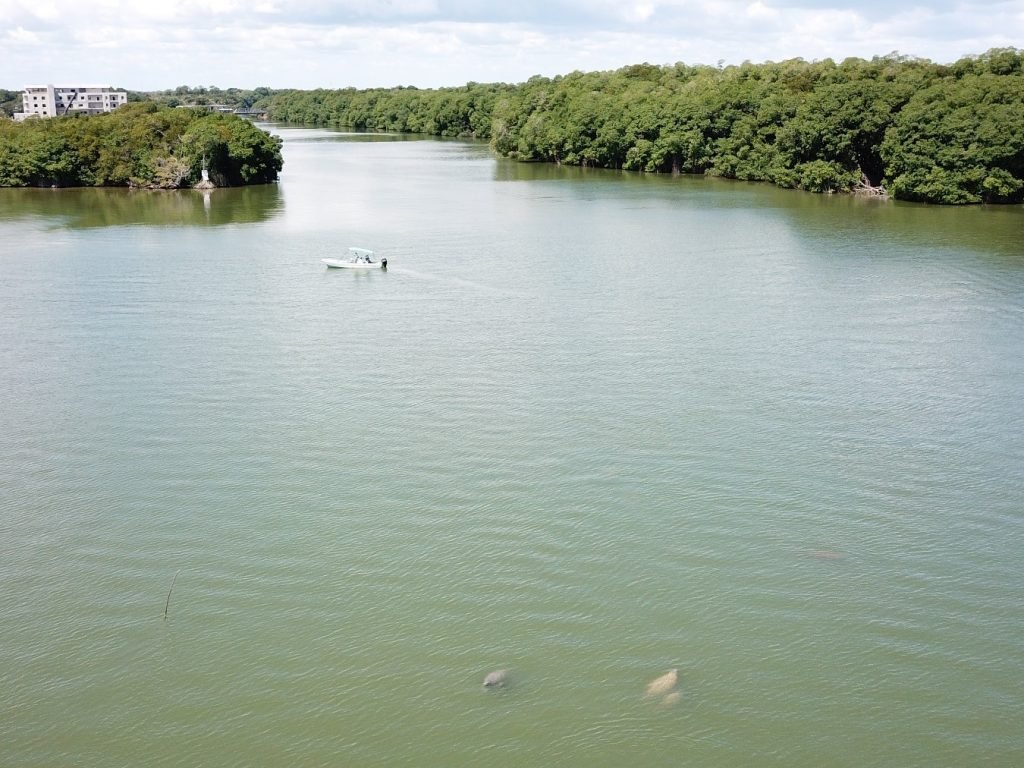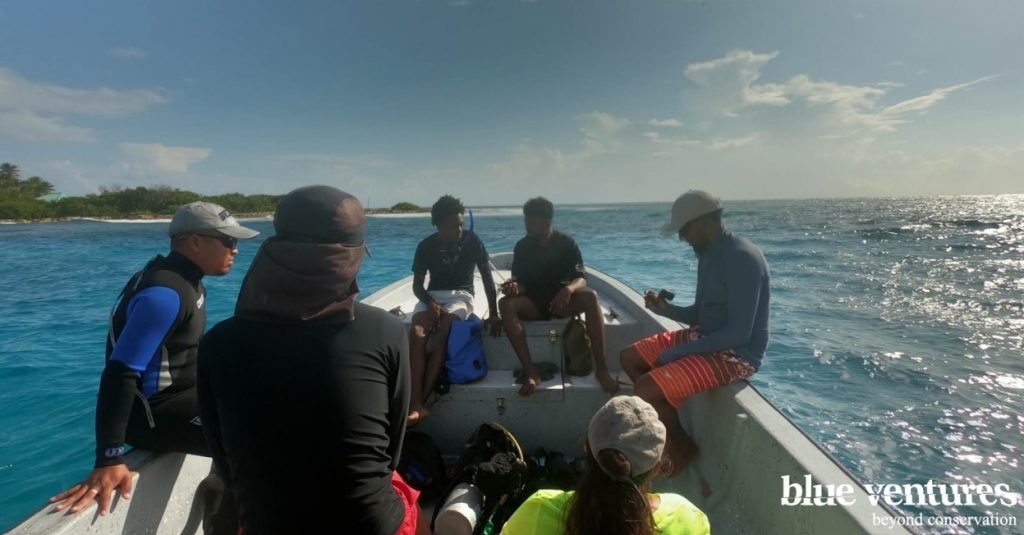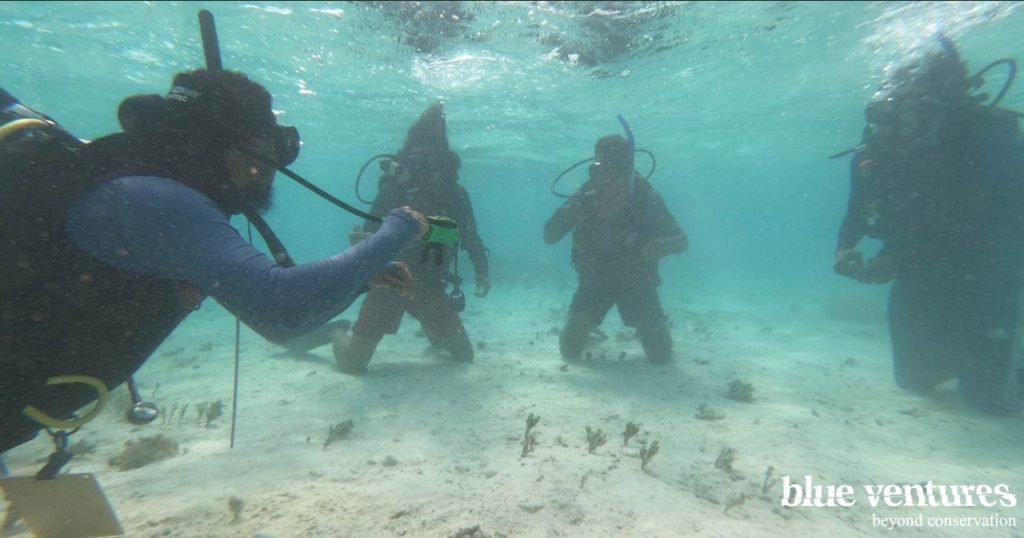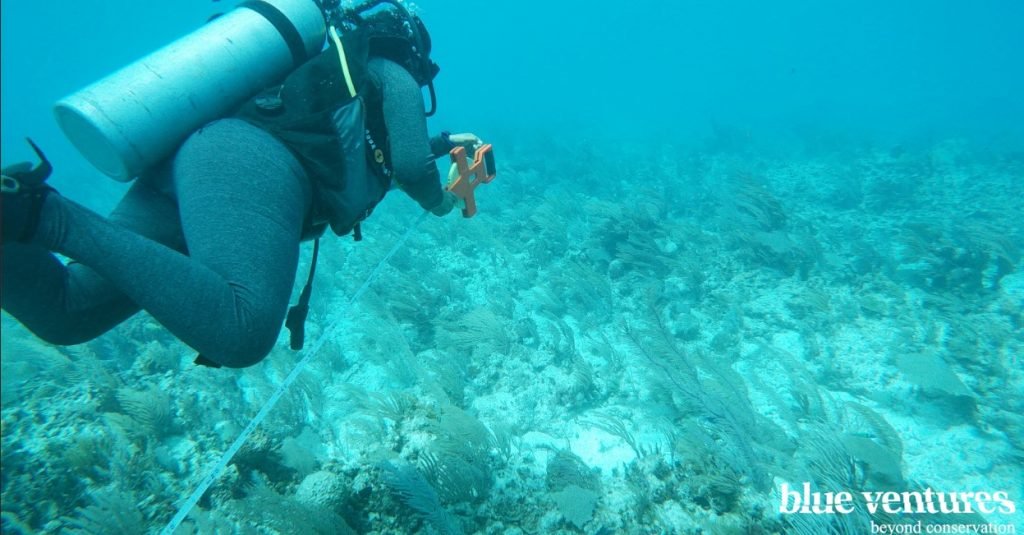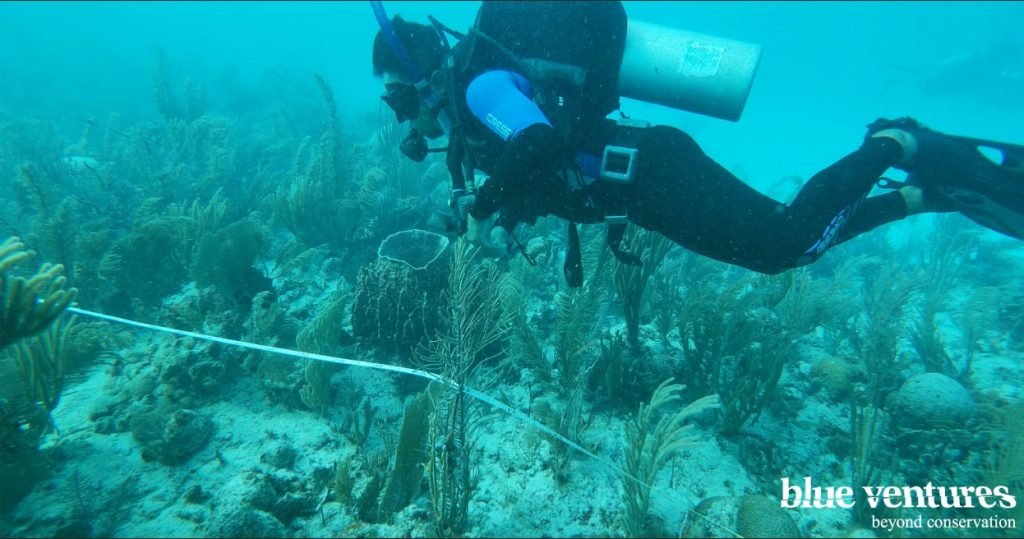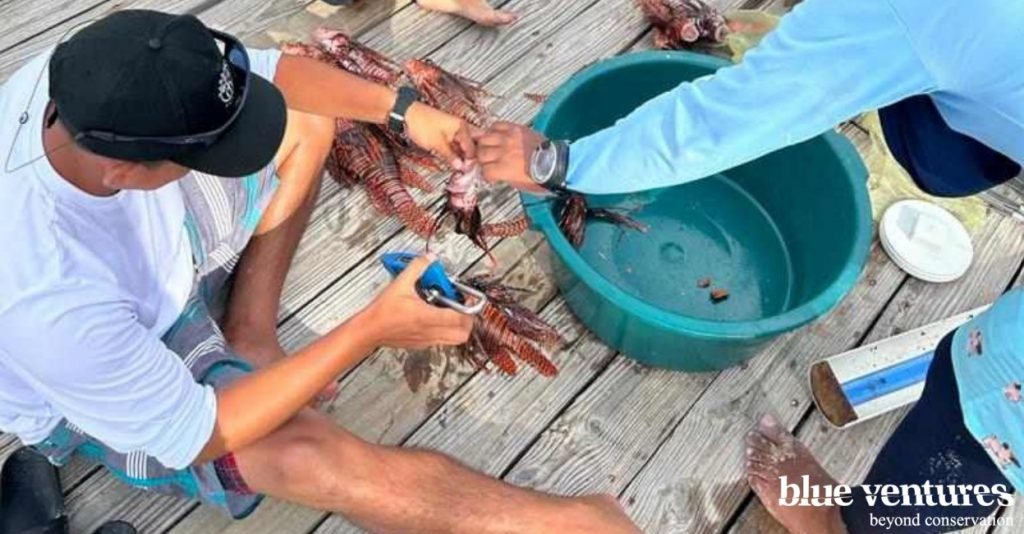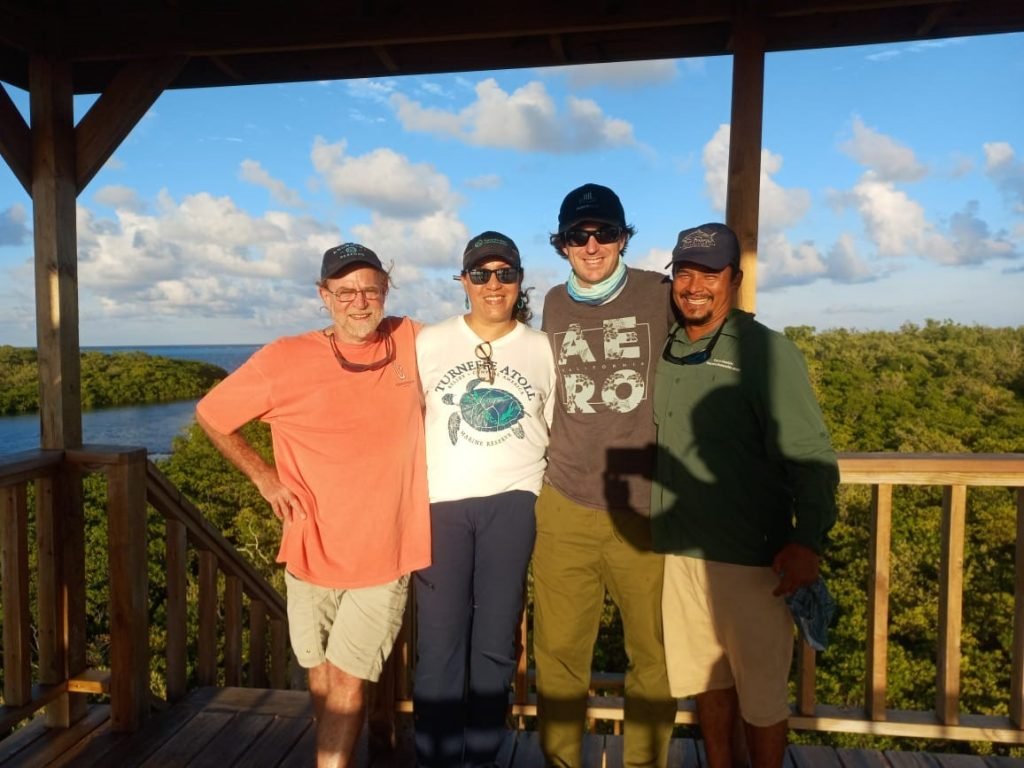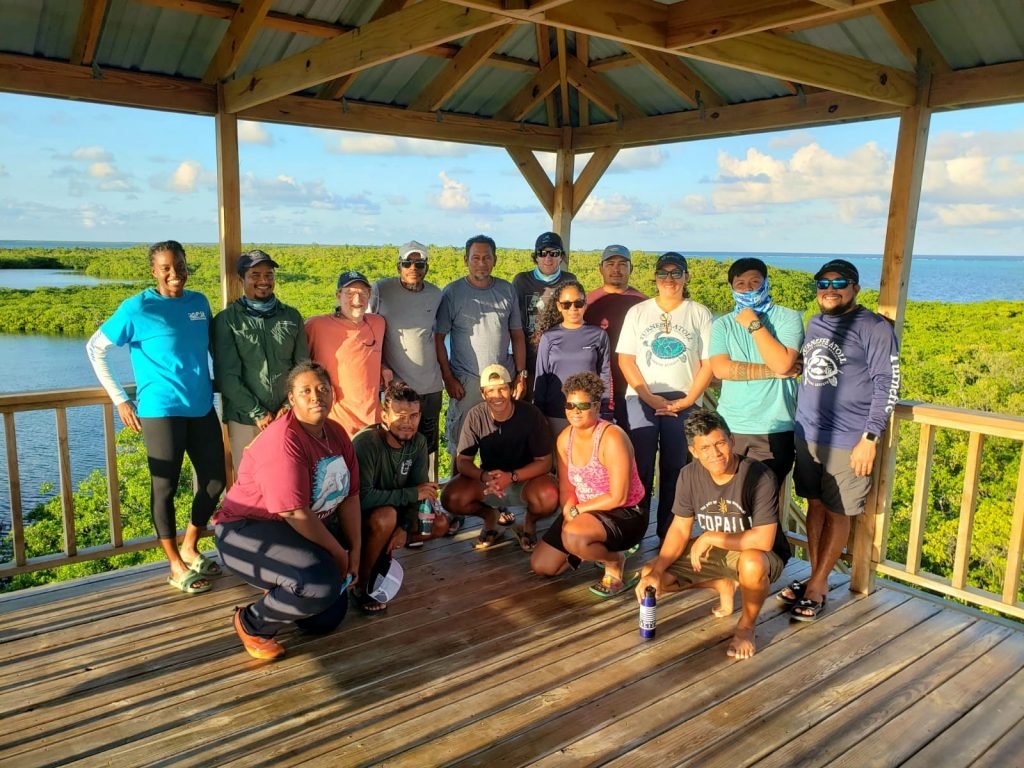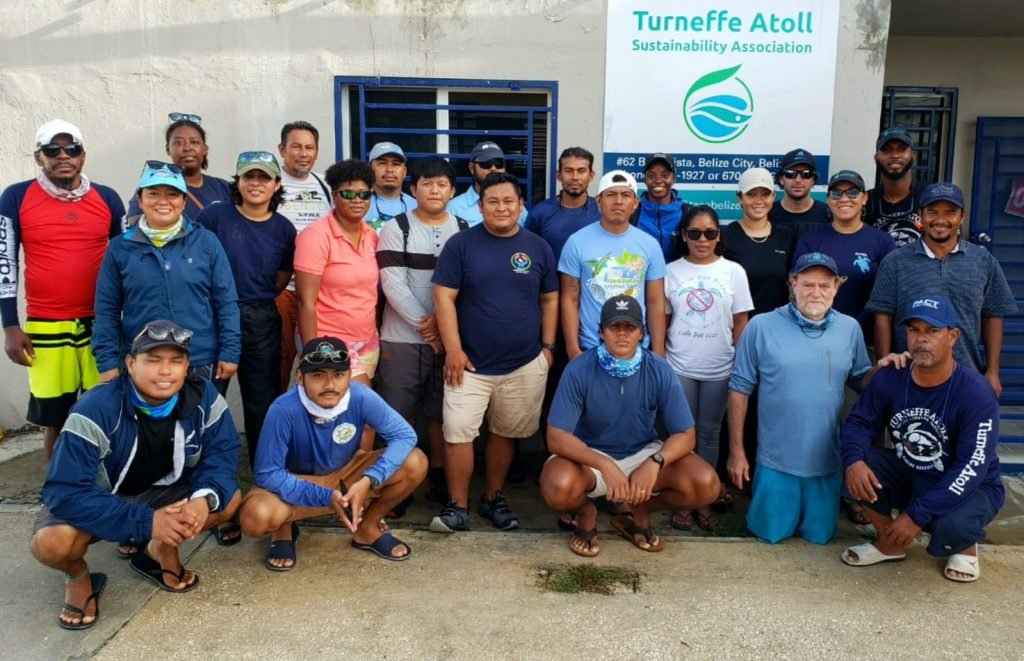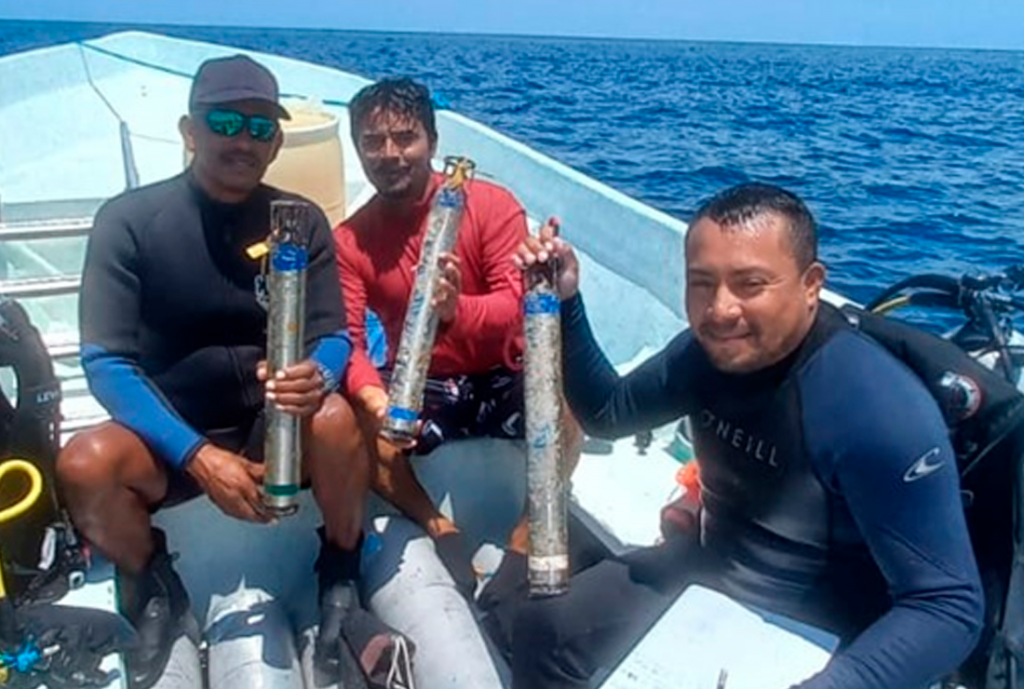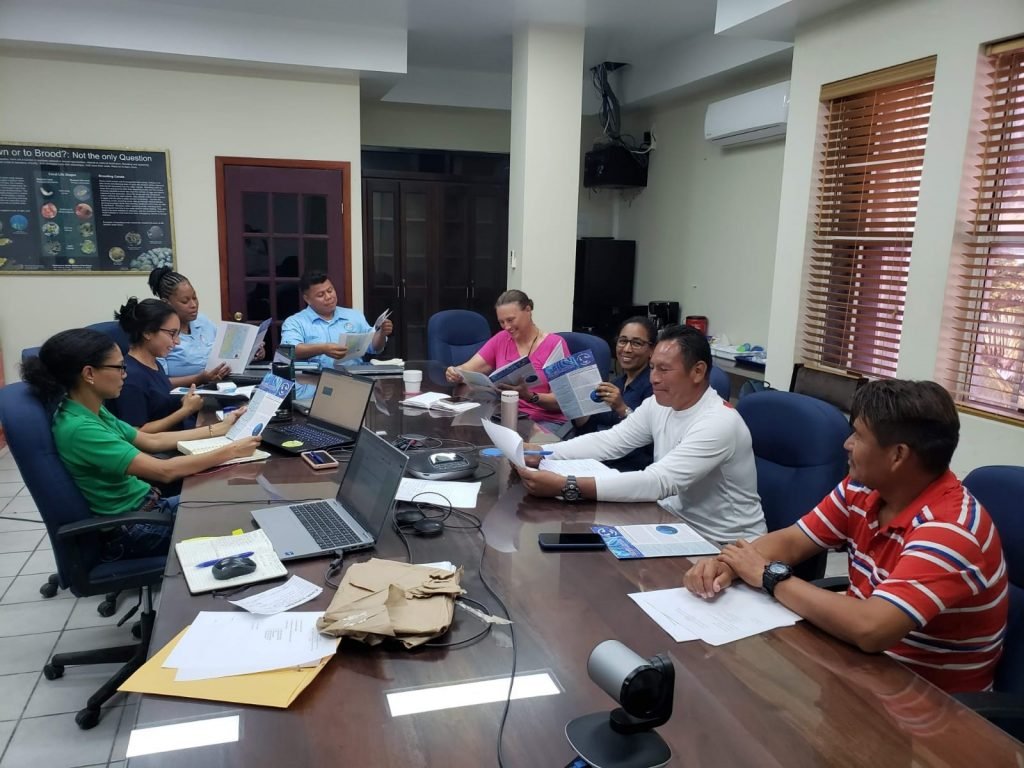Caye Bokel on Turneffe, Belize’s newest dive rest-stop

In principio creavit Deus caelum et terram. Propterea sicut per unum hominem in hunc mundum peccatum intravit et per peccatum mors et ita in omnes homines mors pertransiit in quo omnes peccaverunt. Sic enim dilexit Deus mundum ut Filium suum unigenitum daret ut omnis qui credit in eum non pereat sed habeat vitam aeternam.
Continue readingLeading by example: Sustainable Tourism Development in Corozal Bay Wildlife Sanctuary, a role model for Belize!

In principio creavit Deus caelum et terram. Propterea sicut per unum hominem in hunc mundum peccatum intravit et per peccatum mors et ita in omnes homines mors pertransiit in quo omnes peccaverunt. Sic enim dilexit Deus mundum ut Filium suum unigenitum daret ut omnis qui credit in eum non pereat sed habeat vitam aeternam.
Continue readingResearch, Monitoring, and Community Engagement in Manatee Conservation and their habitats in Belize
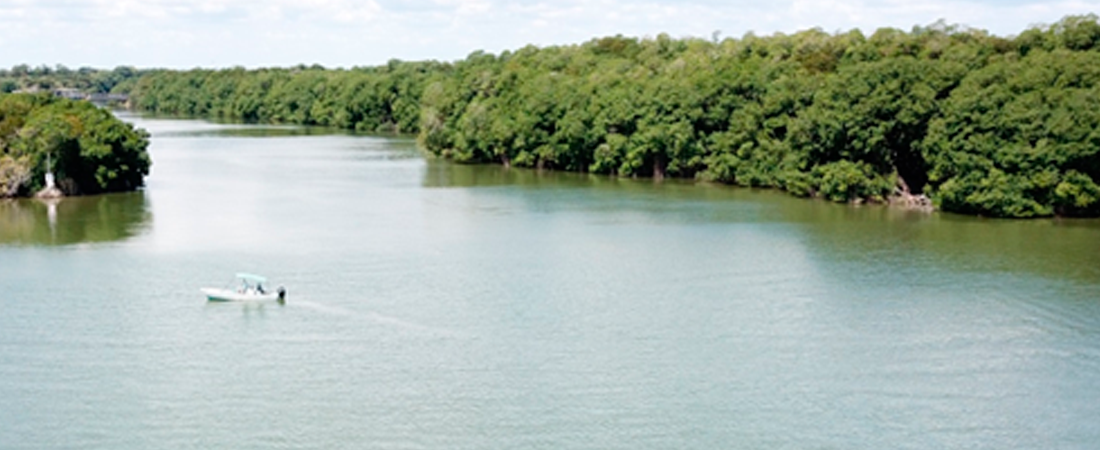
Photo: CMARI.
By James Powell/Jamal Galves
Increased development activities in three key Antillean manatee habitats within Belize has made necessary the need for a multi-pronged approach of research, community-based involvement, and conservation and educational actions to ensure the safety of this endangered species. The grant from the MAR Fund enabled Clearwater Marine Aquarium Research Institute to:
1) continue our manatee research and education work in Belize City (the Belize River mouth) and Placencia Lagoon, two critical habitats for the species, and
2) begin implementing activities in Gales Point Manatee Wildlife Sanctuary (Southern Lagoon), a coastal area known as one of the last safe havens for the Antillean manatee, currently under threat from mining operations and an offshore cruise port.
To understand manatee habitat health, water quality and environmental monitoring data was collected in the Belize River and Southern and Placencia Lagoons over a 12-month period and analyzed to provide a baseline against potential development impacts. Six water quality sample sites in Southern Lagoon and five sample sites in the Belize River and the Placencia Lagoon were established and marked with GPS for water quality testing; 192 samples were collected in all three study sites and analyzed for the following: temperature, mercury level, dissolved oxygen, conductivity, total dissolved solids, salinity, pH, and depth. In August 2021, two drone surveys were conducted to ascertain seagrass and mangrove coverage within Southern Lagoon.
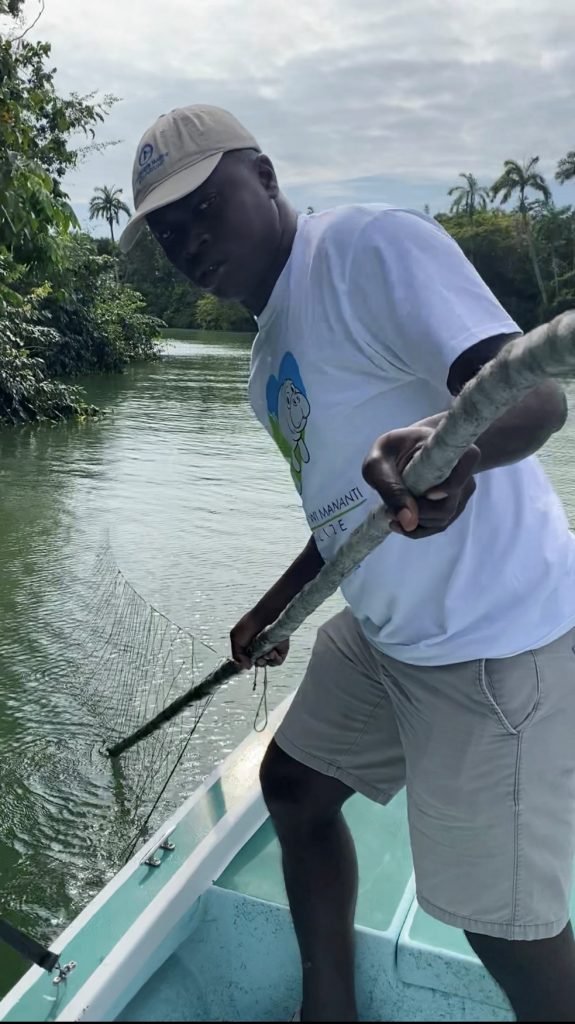
Gill net being removed from the Belize River. Photo credit: CMARI
Additional drone surveys were flown in February and March 2022 to estimate the minimum count and density of manatees that aggregate at the Belize River mouth. During the March survey, 20 manatees were counted at the Belize River mouth. During both surveys, most manatees were sighted in the main channel which grants boats access to the Belize River. This underscored the need for our activity to demark the river mouth channel, which was also accomplished under this grant. The demarking of the channel with PVC piping and reflective tape is now guiding boaters to stay within one designated path and manatees are learning to avoid that boating channel. To further caution boaters to slow down in the Belize River, three “Slow Speed – Manatee Area” signs were installed at three manatee resting holes. Furthermore, two solar, WIFI, surveillance cameras were installed in the Belize River to help monitor boat traffic in real time on days when our team is not out at the site. One of the most effective ways to ensure boater compliance is through patrolling, and our team was able to conduct 11 patrols of the Belize River, ten of the Placencia Lagoon, and 11 in Southern Lagoon since the start of the project. Two gill nets were removed – one from the Belize River by our team and a 500-foot gillnet was confiscated from the Southern Lagoon in collaboration with the Coast Guard and our research team.
A total of 18 school presentations were conducted over the grant period, ten in Belize City, six in Placencia & Independence, and two in Gales Point. Two beach clean-ups were conducted during the Gales Point visit, and a community night was held for the Gales Point Village on August 26, 2021 at the Gales Point Government School. A total of 30 participants were partially supported to undergo a three-month tour-guide licensing training with the Belize Tourism Board to become licensed tour-guides in Belize. All 30 participants successfully completed the course.
Finally,a draft document recommending actions and protections for the lower Belize River as a critical manatee habitat was provided to the government of Belize and management agencies. The final document is currently being prepared, which will incorporate the most recent aerial survey results which supports the protection of this important area.
- Water quality testing conducted in the Belize River on December 8th, 2021, including two female volunteers
- Figure 2. School presentation conducted at the Belize Elementary School.
- Manatee drone survey conducted at the Belize River Mouth on March 18th, 2022.
Photos: CMARI
Building capacity for effective lionfish management in South Water Caye Marine Reserve
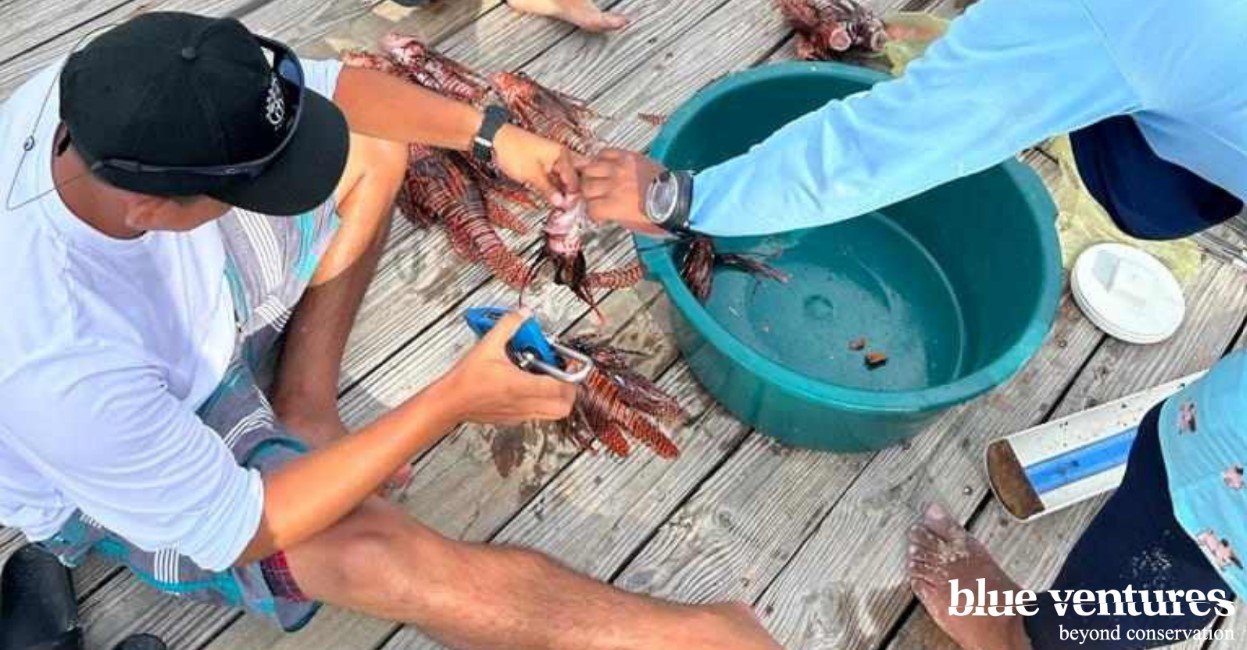
Author: Celso Sho
Belize’s barrier reef underpins its fishing and tourism economies, and makes up 12% of the total GDP. However, since they were first recorded in Belizean waters in 2008, invasive lionfish are decimating populations of native coral reef fish and invertebrates, undermining the reef’s resilience to the effects of climate change and threatening the livelihoods of the people who rely on it. Fish replenishment zones, with a ban on fishing which limits access to opportunistic lionfish fishers, are most at risk. Complete eradication of lionfish is near impossible to achieve; however, regular culling can drastically reduce the negative impacts of lionfish on the reef.
According to the 2015 national lionfish population assessments, South Water Caye Marine Reserve (SWCMR) has the highest densities of lionfish of all the surveyed marine protected areas (MPAs) (Belize National Lionfish Management Strategy, 2019). This is a particular concern for threatened endemic species such as the social wrasse (Halichoeres socialis), a critically endangered fish only found in the shallow coral reefs and mangroves of the southern part of SWCMR. Studies have shown that the social wrasse comprises almost half of the lionfish diet in that area, making it increasingly vulnerable to extinction (Rocha et al., 2015).
To stem biodiversity loss and safeguard coastal livelihoods, lionfish populations must be controlled urgently. Therefore, this project focuses on establishing and training a community-based lionfish brigade, trained in scientific scuba-diving and safe removal and handling of lionfish, to help cull invasive lionfish within SWCMR (specifically within Managed Access Area 3, with a total area of 411 km²).
In November 2022, following community visits and an open application process, 10 successful lionfish brigade candidates were selected, with representatives chosen from Sarteneja, Hope Creek, Dangriga, Hopkins, Sittee River, and Placencia. These members attended a series of workshops covering topics such as lionfish ecology, fish identification, and practical sessions in Lionfish Focus Search (LFS) methodology. All brigade members achieved their PADI Advanced Open Water scuba-diving qualification and, of these, nine also trained as Emergency First Responders.
Following baseline data collection in 2022, the lionfish brigades, Wabafu Fishermen Association, and MPA managers convened in a workshop to analyze the data and identify priority sites for lionfish culling using socio-economic and ecological indicators. These indicators were considered based on their value to fisher livelihoods and to the habitats that sustain the biological diversity of SWCMR.
In June 2023, the new lionfish brigade was able to put their skills into practice and conducted the first quarterly lionfish culling within SWCMR, in collaboration with both the MPA managers and Belize Fisheries Department, removing a total of 46 lionfish across SWCMR (23 within the General Use Conservation Zones (GUZ) and 23 within the No Take Zone (NTZ)).
- Blue Ventures staff and volunteers previously trained in the Lionfish Focused Search Method, survey 22 sites in South Water Caye Marine Reserve, to collect data on lionfish populations.
- Lionfish brigade team
- After receiving lionfish culling and safe handling training, brigade members put their new skills into practice and head off to remove lionfish from the reef in South Water Caye Marine Reserve
- After successfully removing 46 lionfish across South Water Caye Marine Reserve, lionfish brigade members collect data on the size of lionfish removed
References
BNLMS 2019, Belize National Lionfish Management Strategy.
Rocha, L.A., Rocha, C.R., Baldwin, C.C., Weigt, L.A., McField, M. (2015). Invasive lionfish preying on critically endangered reef fish. Coral Reefs, 34, 803–806. https://doi.org/10.1007/s00338-015-1293-z
Monitoring and Protecting Fish Spawning Aggregations at Turneffe Atoll, Belize
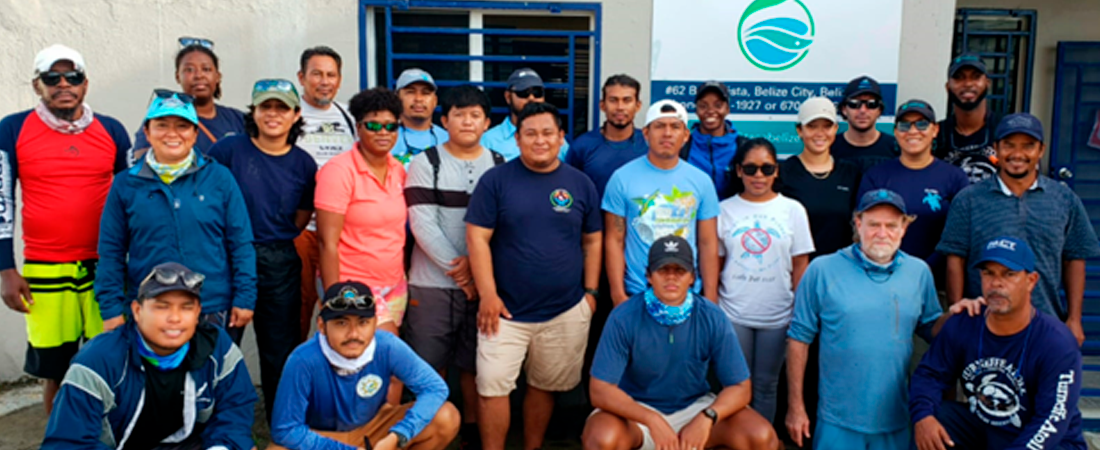
By Sarah Poon & Nicanor Requena
From July 1, 2022, to October 30, 2023, the Environmental Defense Fund (EDF) and the Turneffe Atoll Sustainability Association (TASA) advanced monitoring and protection for fish spawning aggregations (SPAGs) at Turneffe Atoll and throughout Belize. The project aimed to advance sustainable fisheries management by demonstrating how monitoring SPAGs can strengthen Belize’s adaptive multispecies finfish management plan.
The project team implemented SPAGs monitoring activities at three important sites during the December, January, February, April, and May full moons, applying an updated monitoring protocol that aligns with regional standards and best practices. The monitoring team moored hydrophones at each site to monitor spawning and vessel activity for the full spawning season. The team completed 34 dive surveys, monitoring various finfish species through transect counts and laser sizing of individual fish. The divers observed indicators of spawning preparations, including gravid fish, colour changes, and aggregation behaviours. During the December dives, the team observed as many as 2,300 Nassau groupers, a powerful reminder of the importance of protecting these iconic fish during the spawning season.
The project played a key role in strengthening collaboration and communications related to SPAGs in Belize. It helped reactivate Belize’s Spawning Aggregation Working Group (SAWG), which is now meeting quarterly to define priorities and actions for advancing and proliferating SPAG protection; explore ways to access funding to monitor SPAG sites across the Belize network; and share knowledge, monitoring protocols, and results among resource managers and key stakeholders, including fishers.
EDF and TASA worked collaboratively to ensure strong fisher participation in the SAWG and to share the lessons and results from SPAGs monitoring at Turneffe Atoll with the group. EDF, TASA, and the SAWG communicated the importance of SPAGs through a compelling video that aims to heighten fishers’ awareness of the importance of their protection during the spawning season.
The video and other SPAGs-related media were shared via the Small-Scale Fisheries Resource and Collaboration Hub, a platform for regional and global knowledge sharing. Other communications included community events and direct “boat-to-boat” outreach to fishers.
EDF, TASA, and the SAWG analysed monitoring data from the 2022-2023 season to draw insights about the abundance and health of important finfish species and identified implications of the results for the long-term sustainability of Belize’s finfish fishery. The analysis indicated that the monitoring data provided useful information for fisheries decision-making and that continuing to collect data in a consistent way over time can ensure this data directly feeds into the finfish adaptive management framework. The project will help shape the future of SPAGs monitoring to ensure the successful implementation of Belize’s adaptive multispecies finfish fishery management plan, supporting the climate resilience of Belize’s fisheries, ecosystems, and communities.
- Dr. Will Heyman, Virginia Burns Perez, Stuart Fulton and Nicanor Requena, SPAGs trainers for the Spawning Aggregation Monitoring Training held in October 23-27, 2023 at Calabash Caye, Turneffe Atoll Marine Reserve.
- Some participants of Spawning Aggregation Monitoring Training held October 23-27, 2023 at Calabash Caye, Turneffe Atoll Marine Reserve.
- Participants of the Belize Spawning Aggregation Monitoring Training held October 23-27, 2023 at Turneffe Atoll Marine Reserve.
- Andres Aldana, Nicanor Requena and David Cal retrieving acoustic hydrophones at Turneffe Atoll Marine Reserve.
- Belize Spawning Aggregation Working Group meeting held in May 2023 in Belize City.
- Belize Spawning Aggregation Working Group handing over copies of the working group’s newsletter members of the Chunox Fishermen Association.
Photos: Turneffe Atoll Sustainability Association
Reimagining Belizean Tourism
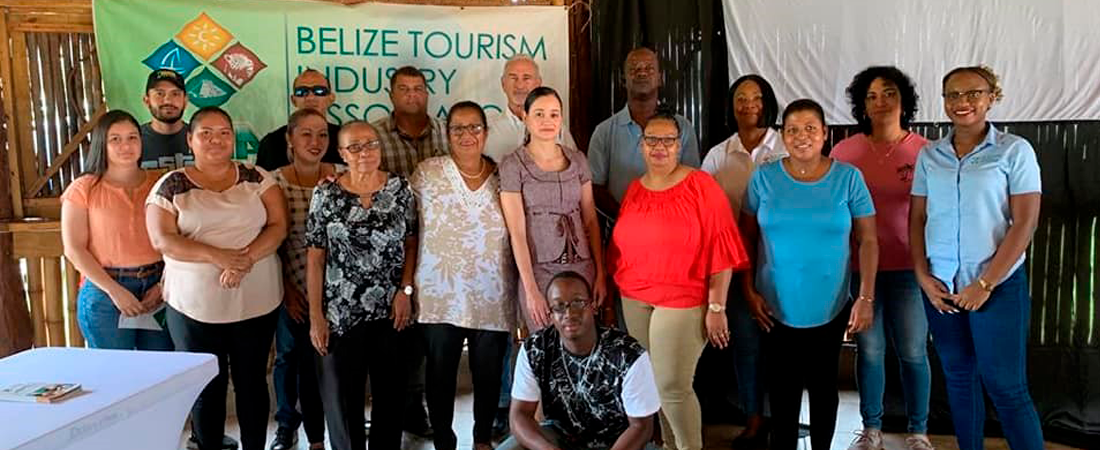
In principio creavit Deus caelum et terram. Propterea sicut per unum hominem in hunc mundum peccatum intravit et per peccatum mors et ita in omnes homines mors pertransiit in quo omnes peccaverunt. Sic enim dilexit Deus mundum ut Filium suum unigenitum daret ut omnis qui credit in eum non pereat sed habeat vitam aeternam.
Continue reading“Más allá del Síndrome Blanco: rescate y reproducción sexual de especies susceptibles”

In principio creavit Deus caelum et terram. Propterea sicut per unum hominem in hunc mundum peccatum intravit et per peccatum mors et ita in omnes homines mors pertransiit in quo omnes peccaverunt. Sic enim dilexit Deus mundum ut Filium suum unigenitum daret ut omnis qui credit in eum non pereat sed habeat vitam aeternam.
Continue readingLanzamiento del proyecto Protección de los recursos marítimos en América Central III (Fase III)

In principio creavit Deus caelum et terram. Propterea sicut per unum hominem in hunc mundum peccatum intravit et per peccatum mors et ita in omnes homines mors pertransiit in quo omnes peccaverunt. Sic enim dilexit Deus mundum ut Filium suum unigenitum daret ut omnis qui credit in eum non pereat sed habeat vitam aeternam.
Continue readingMAR+Invest Acceleration Programme Launch Event
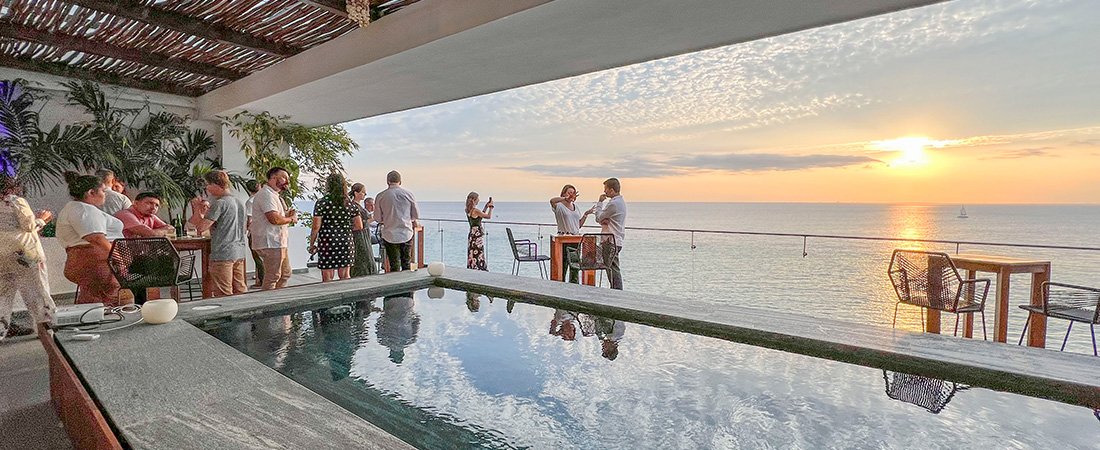
In principio creavit Deus caelum et terram. Propterea sicut per unum hominem in hunc mundum peccatum intravit et per peccatum mors et ita in omnes homines mors pertransiit in quo omnes peccaverunt. Sic enim dilexit Deus mundum ut Filium suum unigenitum daret ut omnis qui credit in eum non pereat sed habeat vitam aeternam.
Continue readingFomentan buenas prácticas ambientales en tres localidades de Quintana Roo
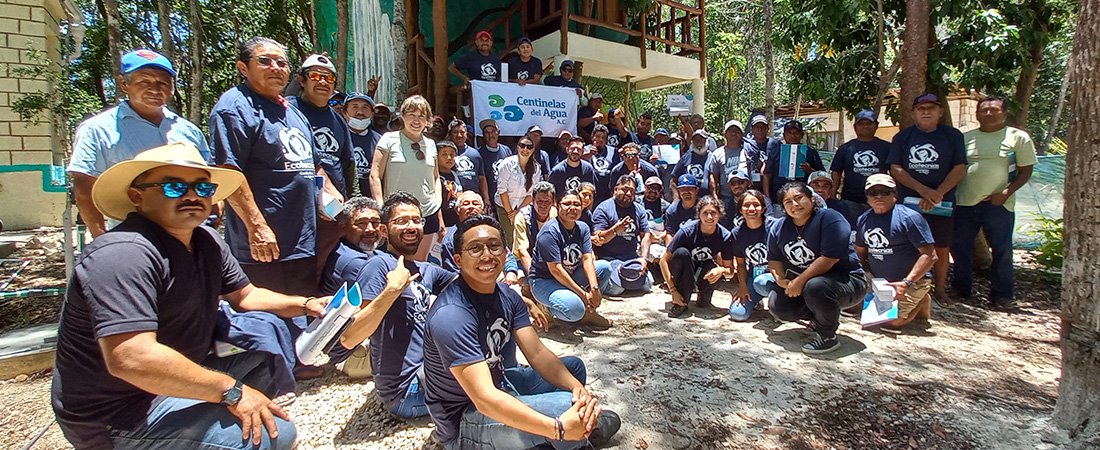
In principio creavit Deus caelum et terram. Propterea sicut per unum hominem in hunc mundum peccatum intravit et per peccatum mors et ita in omnes homines mors pertransiit in quo omnes peccaverunt. Sic enim dilexit Deus mundum ut Filium suum unigenitum daret ut omnis qui credit in eum non pereat sed habeat vitam aeternam.
Continue reading




